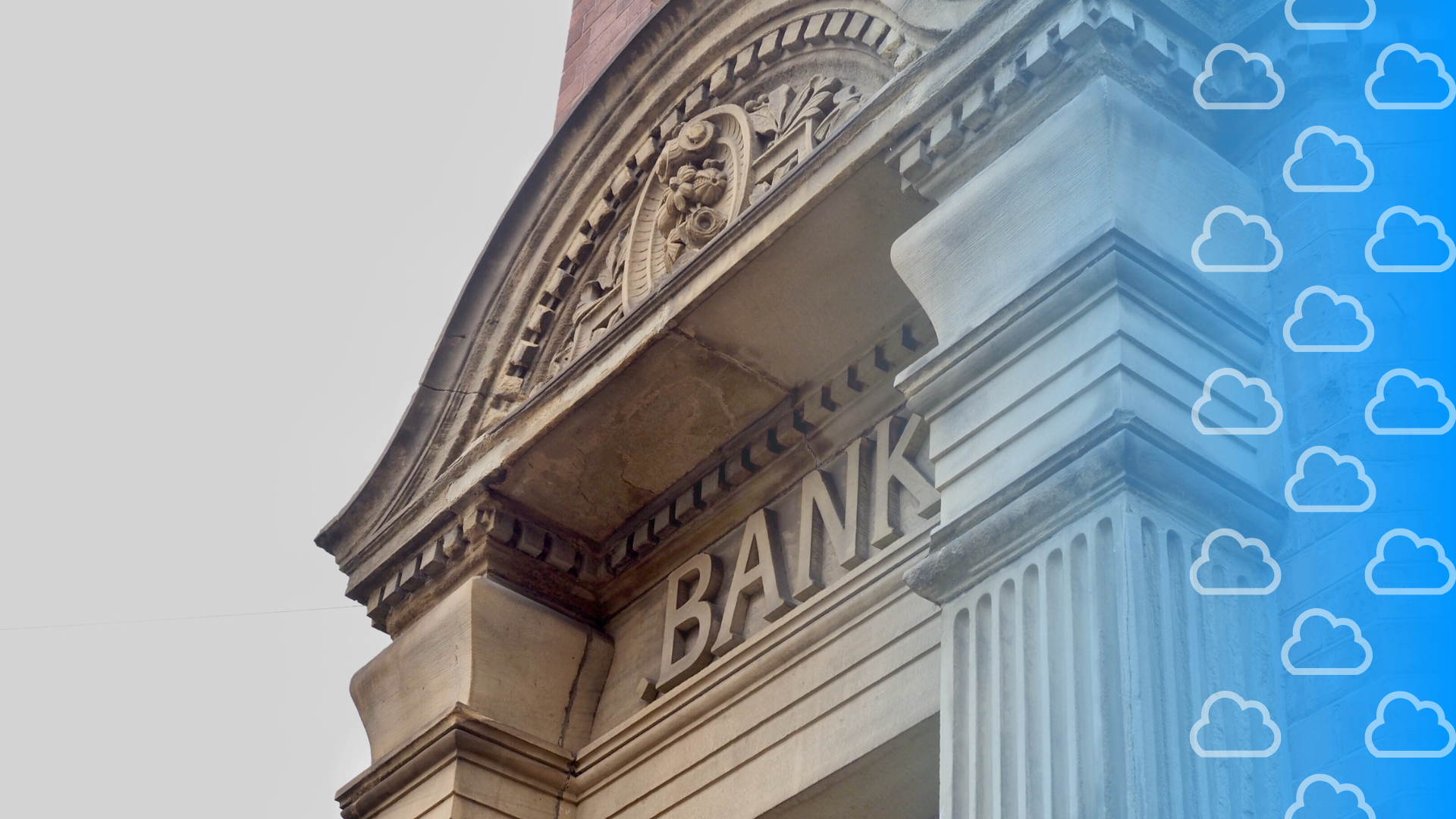Subscribe to our mailing list
Keep up-to-date with the latest news.


Today, (6th February), the Bank of England announced they were cutting the interest rate from 4.75% down to 4.5%.
It’s important to remember that the base rate set by the central bank is just a benchmark. Mortgage rates are more reflective of lenders’ long-term perspectives, considering not just current rates, but also potential future shifts. Other factors, such as a borrower’s loan-to-value ratio and financial situation, heavily influence the rates on offer, meaning average rates might not always tell the full story. Despite this, the general trend in high street rates has been an upward shift in recent months.
For homeowners and those looking to buy property at auction, the base rate change has ramifications. With the stamp duty “nil rate” band for first-time buyers shrinking from £425,000 to £300,000 in April, many people were looking for ways to buy before the change. However, Chris Barry, director at Thomas Legal, cautions that auction properties often come with hidden risks, as they tend to be sold quickly and may have unresolved issues. Buyers, particularly those without experience, are urged to do their due diligence and set firm limits to avoid falling into bidding wars.
Although repossessions have increased in the final quarter of 2024, with more than 1,000 homeowner mortgages repossessed, mortgage arrears are on a downward trend. This indicates that while some homeowners are struggling, the overall level of mortgage distress remains relatively low. In fact, the number of homeowners behind on payments fell by 2% in the final quarter of 2024, suggesting that many are managing their finances more effectively despite higher borrowing costs.
Lenders are reducing mortgage rates in anticipation of multiple rate cuts this year. On Thursday, Yorkshire Building Society lowered interest rates by up to 0.31%, with the largest reductions for borrowers with a 40% deposit. Rates on 90% mortgages dropped by up to 0.17%. After the cuts, a 75% two-year fixed-rate mortgage for remortgages will cost 4.39%. Holly Tomlinson, a financial planner at Quilter, notes that while more competitive fixed-rate deals may appear, most new deals have already factored in today’s cut. The market may expect further rate reductions after two economists called for a larger cut.
Looking at broader economic trends, the Bank of England is facing significant challenges. Inflation remains stubbornly above its 2% target, and while some market analysts predict as many as four interest rate cuts this year, others point to ongoing economic uncertainties. The UK economy is “effectively flatlining,” according to Simon French, chief economist at Panmure Liberum, with inflation hovering at 2.5%. Meanwhile, rising employer national insurance contributions in April are expected to further weigh on the economy. These complex factors are forcing the Bank to adopt a cautious, gradual approach to rate cuts.
The Bank of England’s recent interest rate cut to 4.5% reflects these challenges. While some economists argue for a slower, more gradual approach to reducing rates, others, including two members of the Monetary Policy Committee, pushed for a larger cut. This split in opinion indicates uncertainty about the pace of future rate reductions. In the current climate, with economic growth forecasts downgraded and inflationary pressures still present, the path ahead remains unclear.
As the Bank of England navigates these turbulent economic waters, its decisions on interest rates will play a crucial role in shaping both the housing market and broader economic recovery.
If you’d like to learn more about how we can help, you can give us a call at 01625 546 232 or email info@cloudaccountant.co.uk.